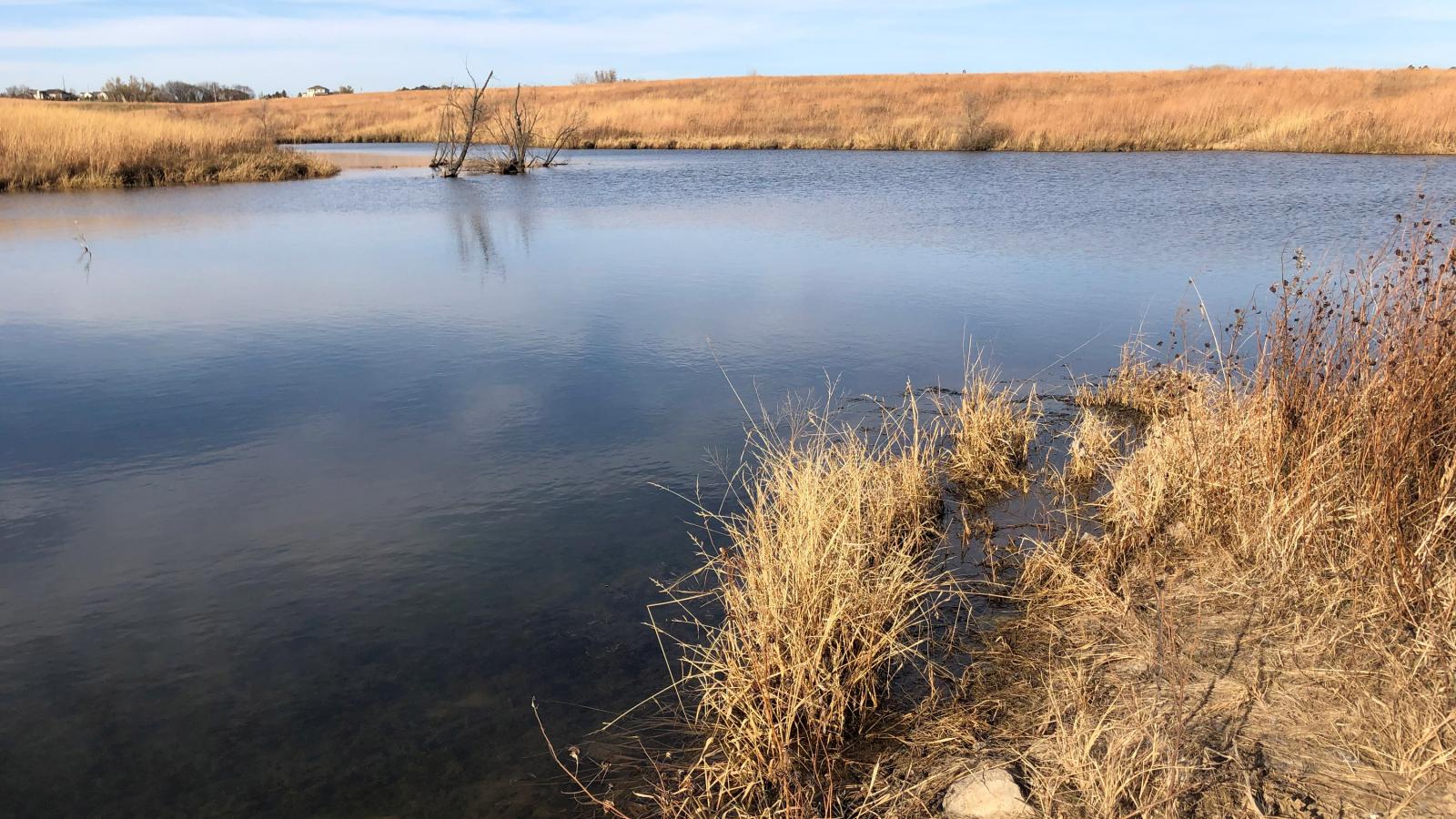Instructor(s): TBA
Number of Credit Hours: 3
Cross-listings: NRES 807, BIOS 817
Prerequisites: PLAS 325 or equivalent; MATH 106 recommended.
Description: Quantitative study of water relations in the soil-plant-atmosphere system. Basic physical processes, which describe the movement of water in the soil and the atmosphere, and the physiological processes, which describe water movement inside of the plant. Stomata physiology and the effects of internal water deficits on photosynthesis, respiration, nitrogen metabolism, cell division and cell enlargement. Results from integrative models used to study the relative importance of environmental versus physiological factors for several plant-environment systems.
Learning Outcomes/Course Objectives
- Gain an understanding of the physical, chemical, and optical properties of water.
- Appreciate the concept of water potential as a driving force for water movement.
- Understand cellular water relations, including aquaporins, and learn the water relations of cell expansion.
- Gain an appreciation of techniques for quantifying water potentials in plant and soil systems.
- Study whole plant water uptake and transport including root uptake, xylem and phloem transport, and transpiration.
- Learn about stomatal anatomy, physiology, and biochemistry and the environmental and biological controlling factors regulating stomatal conductance. Learn of the influence of stomatal conductance on the leaf energy balance.
- Understand simple methods of scaling single-leaf conductance to whole canopies including carbon assimilation, transpiration, and water use efficiency.
